The global pediatric nephrology workforce: a survey of the International Pediatric Nephrology Association
- PMID: 27422016
- PMCID: PMC4946101
- DOI: 10.1186/s12882-016-0299-2
The global pediatric nephrology workforce: a survey of the International Pediatric Nephrology Association
Abstract
Background: The global pediatric nephrology workforce is poorly characterized. The objectives of our study were to assess pediatric nephrologists' perceptions of the adequacy of the pediatric nephrology workforce, and understand regional challenges to fellow recruitment and job acquisition. Perceptions regarding optimal length of training and research requirements were also queried.
Methods: A 17-question web-based survey comprised of 14 close-ended and 3 open-ended questions was e-mailed to members of the International Pediatric Nephrology Association. Quantitative and qualitative analyses were performed.
Results: We received 341 responses from members of the International Pediatric Nephrology Association from 71 countries. There was a high degree of overall perceived workforce inadequacy with 67 % of all respondents reporting some degree of shortage. Perceived workforce shortage ranged from 20 % in Australia/New Zealand to 100 % in Africa. Respondents from Africa (25 %) and North America (22.4 %) reported the greatest difficulty recruiting fellows. Respondents from Australia/New Zealand (53.3 %) and Latin America (31.3 %) reported the greatest perceived difficulty finding jobs as pediatric nephrologists after training. Low trainee interest, low salary, lack of government or institutional support, and few available jobs in pediatric nephrology were the most frequently reported obstacles to fellow recruitment and job availability.
Conclusions: Globally, there is a high level of perceived inadequacy in the pediatric nephrology workforce. Regional variability exists in perceived workforce adequacy, ease of recruitment, and job acquisition. Interventions to improve recruitment targeted to specific regional barriers are suggested.
Keywords: Global health; Nephrology; Pediatric; Survey; Training; Workforce.
Figures
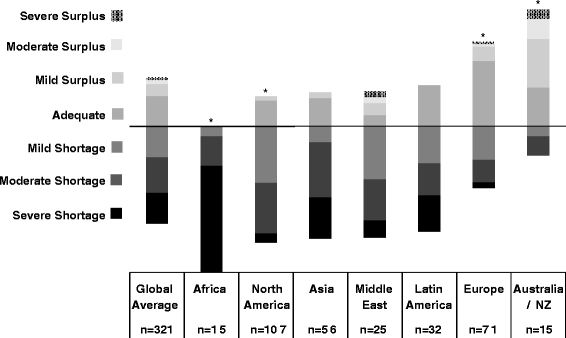
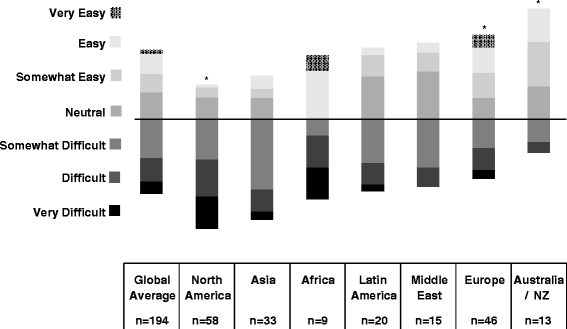

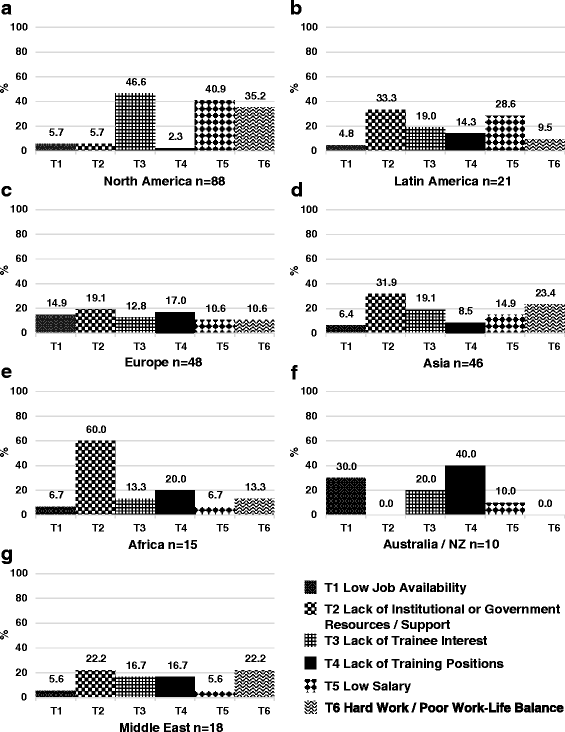

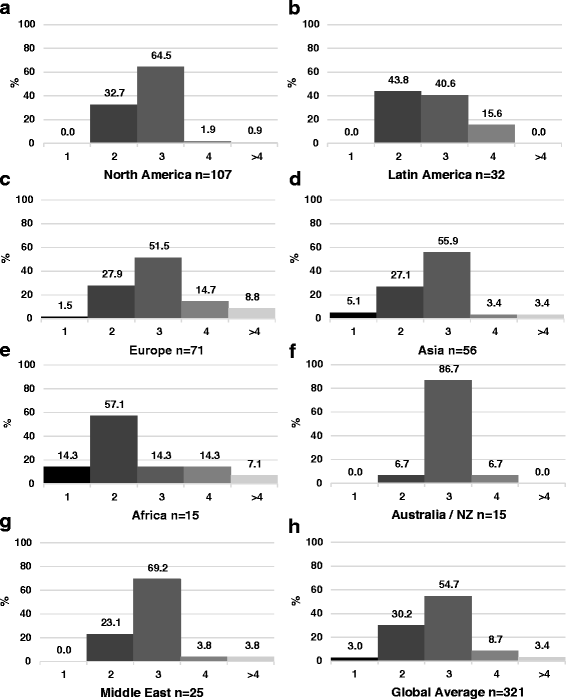
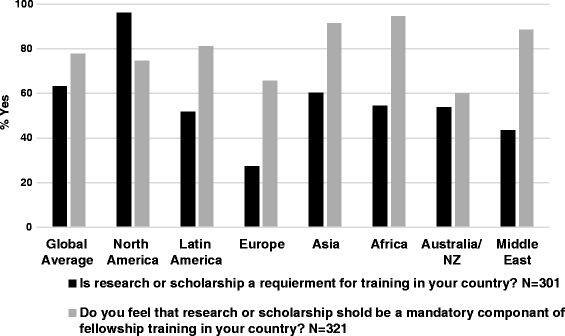
References
-
- Bourquia A. Issues and challenges of pediatric nephrology in Africa. IPNA Curr. 2016;3:3–7.
-
- Reid C. An Overview of Pediatric Nephrology in the UK. IPNA Curr. 2015;2:2–3.
-
- Eddy A. An Overview of Pediatric Nephrology in Canada. IPNA Curr. 2015;2:2–3.
MeSH terms
Grants and funding
LinkOut - more resources
Full Text Sources
Other Literature Sources
Medical

